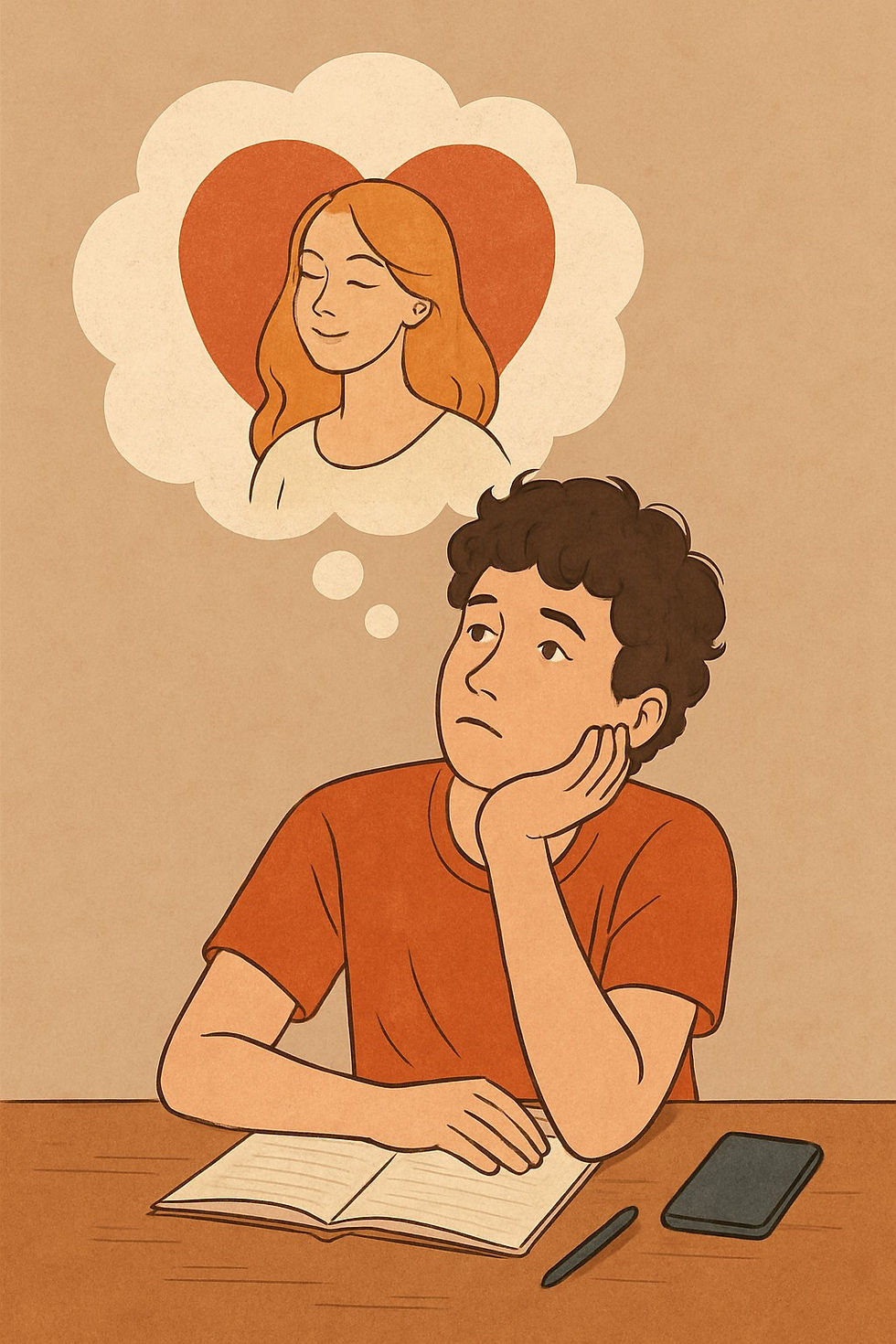Managing Sensory Overload: 10 Easy Tricks That Work
- Tim Aiello, MA, LPC, NCC, ADHD-CCSP, ASDCS

- Aug 16
- 4 min read
By Tim Aiello, MA, LPC, NCC. ADHD-CCSP, ASDCS | Clinical Director & Therapist - Myndset Therapeutics

Living with ADHD, Autism, or AuDHD means that the world doesn’t just feel loud, it is loud. The fluorescent lights hum, the crowd chatter echoes, your shirt tag scratches, and your body signals hunger at the worst possible time. Sensory overstimulation can push us into fight-or-flight before we even realize what’s happening. Over time I’ve learned that managing sensory overwhelm isn’t about avoidance alone, it’s about having tools that help filter, regulate, and ground us in the moment. Here are 10 things you can do when the environment feels like too much.
1. Earbuds with Transparency Mode
Noise-cancelling earbuds often block out too much sound, which can be just as disorienting. Transparency mode allows you to filter sound, lowering volume and sharpness without fully disconnecting. Research shows that managing auditory input helps reduce anxiety and improve focus in neurodivergent individuals (Khalfa et al., 2004). Think of it as turning the world down a notch.
2. Sunglasses or Light-Filtering Glasses
Bright fluorescent lights or rapid visual movement can trigger sensory flooding. Sunglasses or lightly tinted lenses filter visual stimuli and reduce glare. Studies have shown that reducing visual brightness lowers sympathetic nervous system arousal, helping the body return to baseline (Wilkins, 2003). In simple terms: less squinting, less stress.
3. Layered Clothing for Touch Control
Tags, seams, or textures can make you feel like you’re crawling out of your skin. Wearing a soft undershirt or layering with fabrics you trust creates a buffer. This way, even if an outer layer is uncomfortable, your skin only feels the calming texture underneath. Clothing hacks may seem small, but they give your nervous system fewer reasons to sound the alarm.
4. Chewable Supports or Gum
Oral input is regulating for many of us. Gum, chewable jewelry, or even crunchy snacks provide proprioceptive input through the jaw, which has been shown to calm the nervous system by engaging parasympathetic activity (Hirano et al., 2013). Chewing can act like a built-in reset button when the environment gets chaotic.
5. Weighted or Pressure-Based Tools
Carrying a small weighted lap pad, wearing compression clothing, or even wrapping yourself in a jacket can give your body deep pressure. Deep pressure activates the vagus nerve and reduces fight-or-flight responses (Champagne & Stromberg, 2004). Think of it as a portable grounding hug.
6. Temperature Regulation
Overheating or feeling chilled can spike sensory discomfort. Bringing a small portable fan, ice water, or layering with a hoodie helps keep your interoceptive signals regulated. Our nervous systems are sensitive to temperature swings, and managing this helps reduce irritability and meltdowns.
7. Controlled Movement Breaks
Pacing, stretching, or stepping outside for fresh air can help discharge excess stimulation. Movement activates proprioceptive and vestibular systems, which regulate balance and calm the body (Schaaf et al., 2015). Even a few minutes of walking can shift your state from “on edge” to “reset.”
8. Smell Management
Strong scents can overwhelm, whether it’s perfumes, cleaning supplies, or food courts. Carrying a small vial of essential oil, gum with a mild scent, or even a mask to filter smells gives you a sense of control. Research on olfactory regulation shows certain scents like lavender may reduce anxiety (Herz, 2009), but the key is finding your safe scent.
9. Hydration and Snack Pack
Low blood sugar or dehydration intensifies sensory overwhelm. Keeping a water bottle and protein-rich snack handy addresses interoception, which is often overlooked in ADHD and Autism. When your body is under-fueled, your nervous system interprets the world as more threatening. A granola bar can make the difference between a shutdown and a smoother day.
10. Grounding through Breath and Texture
When all else fails, find a grounding strategy that uses multiple senses at once. Holding a textured object (like a fidget or stone) while doing slow breathing activates tactile, proprioceptive, and interoceptive systems together. This combination recruits the parasympathetic nervous system and can stop a spiral in its tracks (Porges, 2011).
Final Thoughts
Managing sensory overwhelm isn’t about toughness, it’s about strategy. These tools are not signs of weakness but of self-awareness and regulation. Everyone benefits from sensory supports, but for ADHD, Autistic, and AuDHD individuals, they are lifelines. Having a small kit or plan ready means you can stay present, connected, and safe in environments that once felt impossible.
References
Champagne, T., & Stromberg, N. (2004). Sensory approaches in inpatient psychiatric settings. Journal of Psychosocial Nursing and Mental Health Services, 42(9), 34–44.
Herz, R. S. (2009). Aromatherapy facts and fictions: A scientific analysis of olfactory effects on mood, physiology and behavior. International Journal of Neuroscience, 119(2), 263–290.
Hirano, Y., Onozuka, M., & Masuda, Y. (2013). Chewing and attention: A positive effect on sustained attention. BioMed Research International, 2013, 1–7.
Khalfa, S., Bruneau, N., Rogé, B., Georgieff, N., Veuillet, E., Adrien, J. L., & Collet, L. (2004). Increased perception of loudness in autism. Hearing Research, 198(1-2), 87–92.
Porges, S. W. (2011). The polyvagal theory: Neurophysiological foundations of emotions, attachment, communication, and self-regulation. Norton.
Schaaf, R. C., Hunt, J., & Benevides, T. W. (2015). Occupational therapy using sensory integration to improve participation of a child with autism: A case report. American Journal of Occupational Therapy, 69(5), 6905180020p1–6905180020p9.
Wilkins, A. J. (2003). Reading through colour: How coloured filters can reduce reading difficulty, eye strain, and headaches. Wiley.




Comments